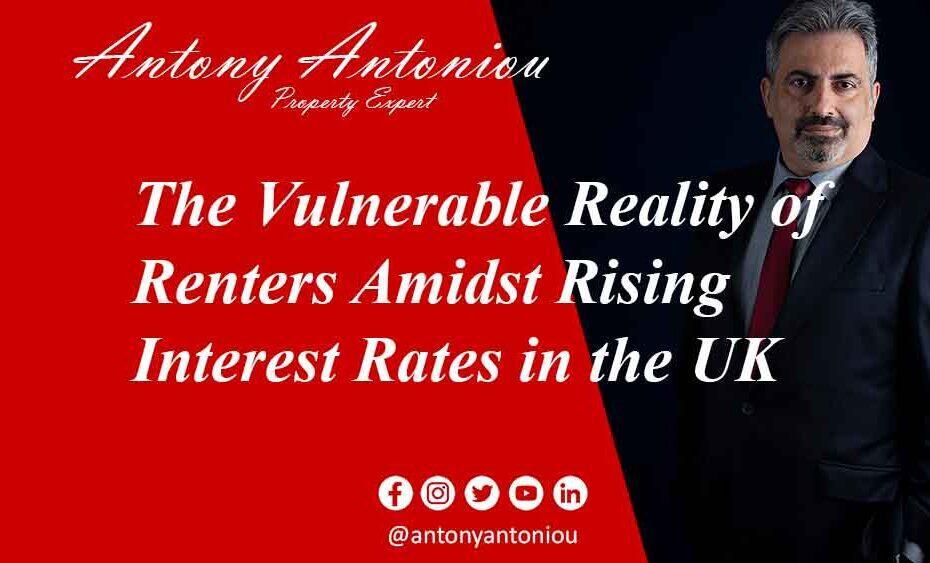The Vulnerable Reality of Renters Amidst Rising Interest Rates in the UK
Introduction
A recent data analysis conducted by Sky News has brought to light a concerning trend in the UK housing market. While discussions have mainly centered around the impact of rising interest rates on mortgage holders, the analysis reveals that renters are now facing even greater vulnerability. Paul Kelso, Sky News’ space business correspondent, has been delving into the numbers, and the results paint a stark picture of the changing landscape of homeownership in the UK.
The Rising Dominance of Renters
The data shows a significant shift in home occupancy patterns, with renters now comprising the largest home occupancy group by tenancy. Mortgages represent a mere 30% of the total, making them the smallest group, while those who own their homes outright account for 33%. In contrast, private renting and social renting together constitute a substantial 37% of the market, surpassing both mortgage holders and outright homeowners.
Demographics Tell a Story
Delving further into the demographics, it becomes evident that the trend of renting over homeownership is especially pronounced among younger age groups. Shockingly, a mere fraction of 16 to 34-year-olds have mortgages, indicating that homeownership is increasingly slipping out of reach for the younger generation. In contrast, over 65s largely own their homes outright, which is expected as they have had more time to pay off their mortgages.
The Decline of Homeownership
A historical comparison reveals a dramatic shift in homeownership rates over time. In the 1990s, mortgages accounted for over 40% of home occupancy. However, over the years, this percentage has declined considerably, while outright homeownership has not seen a corresponding increase. The result is a growing number of people turning to renting due to the soaring costs of buying homes, making homeownership a distant dream for many.
The Affordability Crisis
The data highlights the core issue behind the shift in homeownership dynamics – the soaring cost of buying a home. At present, it costs more than eight times the average salary to purchase an average home in the UK. As homeownership becomes less affordable, the rental market expands, making the UK the fourth most likely place to be a renter in Europe. Only Denmark, Austria, and Germany surpass the UK in terms of renting prevalence.
The Need for Rental Protection and Reform
With a growing number of people becoming renters, it is essential to address the cultural shift and enhance rental protection laws. Unlike the attention given to homeownership legislation, there has been little progress in safeguarding renters’ rights. This disparity is significant, especially considering that renters typically spend around 33% of their income on housing costs, while homeowners spend roughly 22%.
The Vulnerability of Renters
The consequences of inadequate rental protections are vividly illustrated in the case of Andy Mikalakis from Stevenage. Facing a “no-fault eviction” notice, Andy is at the mercy of her landlord, who can force her to leave her home without providing any reason. Such insecurity and vulnerability are common among renters, who often live with the constant threat of displacement.
Conclusion
The data analysis by Sky News has revealed the pressing need to address the growing vulnerability of renters in the face of rising interest rates and soaring housing costs. As more people turn to renting due to unaffordable homeownership, the UK’s housing landscape undergoes a significant transformation. It is high time for rental reforms that protect renters from arbitrary evictions and provide a stable living environment for those who cannot afford to buy a home. Only through comprehensive legislation and cultural change can we ensure a fair and secure future for all renters in the UK.

